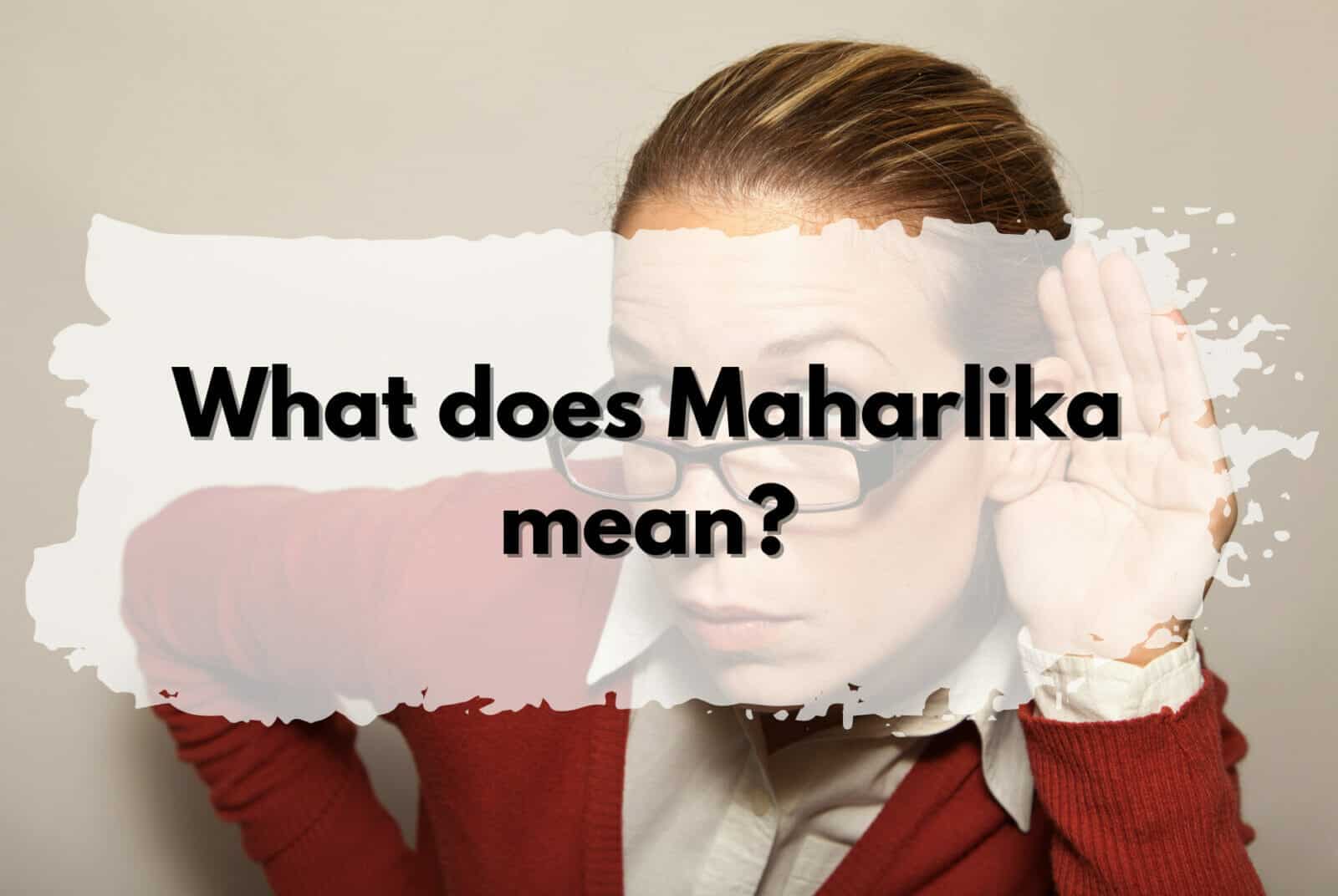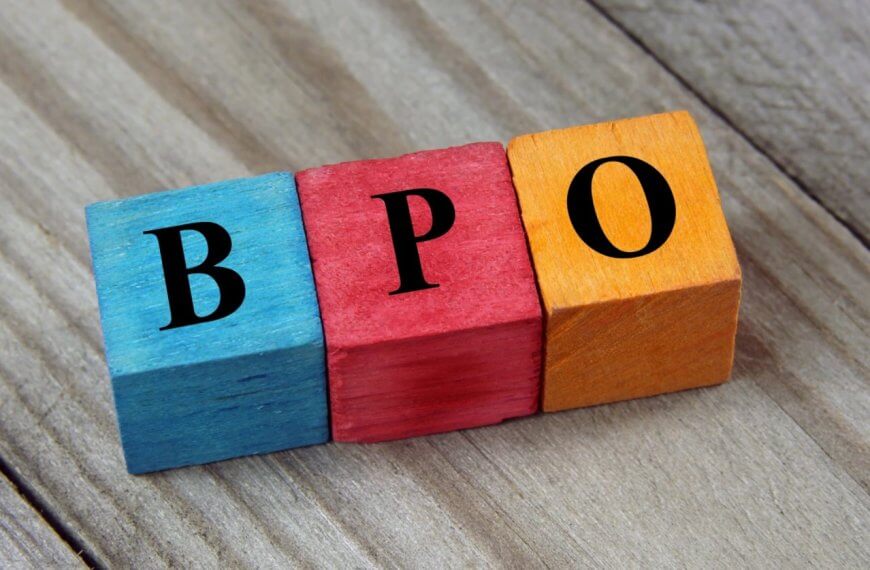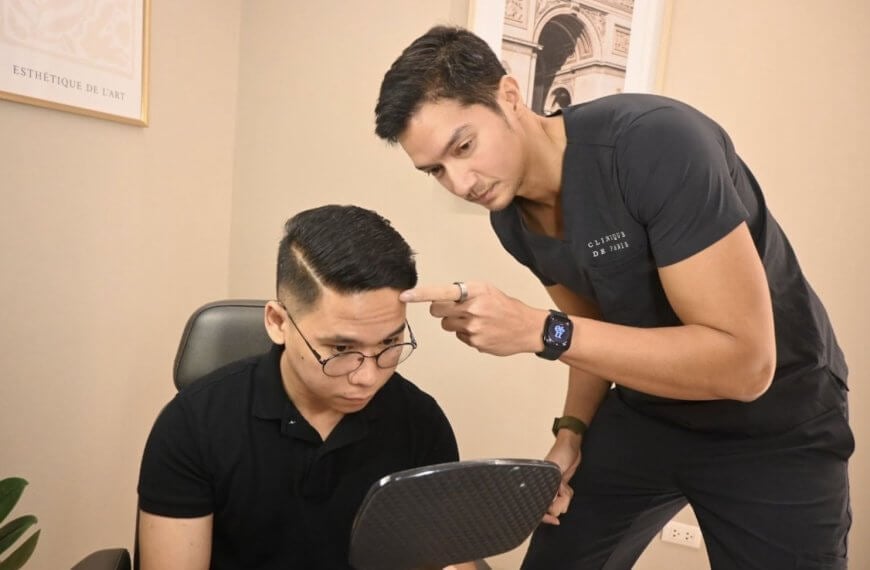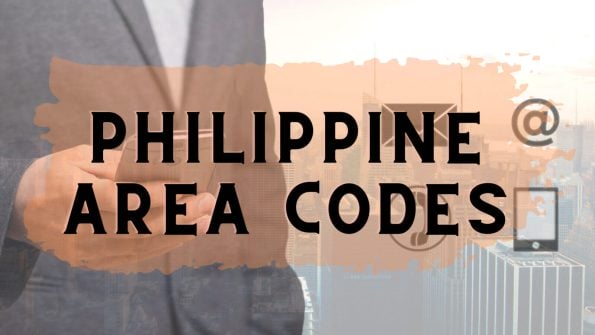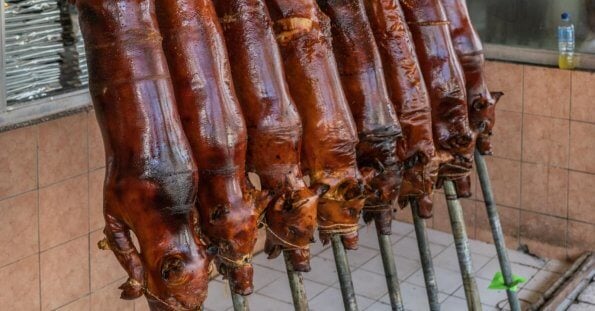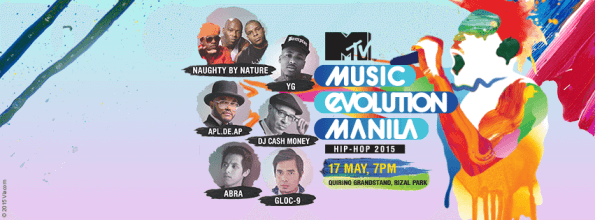As fascinating as it sounds, words that we use today stem from history that has shaped today’s people. We often use words in our everyday lives for the same reasons that they came into existence. We can use these words more effectively when we know their true meaning and are derived from other languages.
The meaning of maharlika
Maharlika is such a beautiful word that many people confuse its meaning for “noble people.” So we want to take you back through the history of this word, years ago from today.
The word returned to your line of sight when two presidents, Ferdinand Marcos and Rodrigo Duterte, considered changing the name of our country to “Maharlika.” During the Marcos’ era, you would notice the president’s fondness of this word, naming projects after it. However, the late president defined the word as “nobility,” contrary to its true meaning.
Some time back, Duterte brought this idea back and reconsidered it. Finally, he explained that the word is appropriate for the country because it means “nobility.”
The president wanted to change the country’s name to the Republic of Maharlika, a Malay word meaning serenity and peace. However, historians subsequently pointed out that the word has a different meaning; it actually means “free man.”
It is a common misconception of Filipinos to think of “Maharlika” as nobility. Our understanding has always been that we use and read the word to refer to royal blooded individuals.
Despite this, Maharlika has the meaning of “free man.” In an ancient language called Sanskrit, “maharddhika” means a person rich in knowledge, wisdom, and nobility, and its origins go back thousands of years ago.
A word with a diverse definition: Maharlika
As opposed to modern definitions and concepts you may have read and seen somewhere, maharlika refers to the warrior class of people exempt from paying taxes to the Datu but were required to provide military service during wartime.
In the same way, as the time was, they share the same rights as free people, but their primary responsibility is to maintain peace and order in the barangays.
In addition to the obligatory duties of maharlikas, there are occasional barangay projects where the help of the community is needed and work on land owned by the datus. Furthermore, under war conditions, they are obligated to organize weapons, build up defenses, and comply with the demands of the datu.
Warriors are sometimes recognizable by certain distinctive marks. For example, numerous tattoos were a way for the Visayan warriors to demonstrate how many enemies they had killed. Among the Tagalogs, the best warriors wear a small red cloth called a “putong” that encircles their heads. People can find out who the individual is and what their accomplishments are that way.
Understanding the history of this word makes it easier to understand the president as well as the historian. Before changing “Philippines” to “Maharlika,” deliberations need to be made on many factors.
According to many historians, although we have to address our colonial histories, the name Philippines is no longer colonial since it has become part of who we are as people.
The pride we feel for our country is expressed by “Pinoy Pride,” even internationally. Whatever the reason, historians and scholars generally agree that this latest Maharlika moment will soon be over. A name change involves much deliberation, and the new generation would have to get used to it over many years. It was necessary to change national documents to incorporate the new name of the administration if this happened.
Thoughts
There are already parts of the Maharlika on it since our country is a democratic country. But, in the end, it matters that you always know what the word is about. Have any thoughts about this word? Why not share them with us too!
